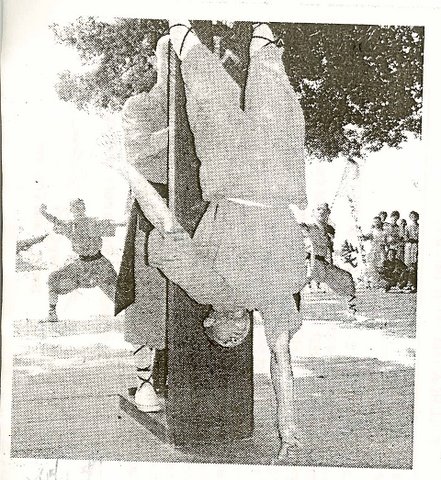Earlier we talked about the two types of handstand presses. Today, we’ll go a bit more into an often utilized bent arm version. The handstand pushup.
Many people begin their hand balancing against a wall. This was the case for me and I know its the same for many others.
On top of that holding a handstand while doing pushups is one of the ultimate bodyweight exercises for your upper body; with or without a wall.
Think of the upper body strength attainable by being able to rep out a freestanding handstand pushup. You can find many admirable people with supreme strength attain this move. These range from the different BAR groups like the Bar Brothers to the movement groups like GMB.
Whichever method you choose, one thing is for certain. Strength and balance are key.
One thing I noticed that tends to throw people off is their hand and arm position.
If you were to kick up against a wall to do pushups what position would you take? Is this the same position you’d take away from the wall?
Play around with the width and angle of you hands and arms and you will find you can change the difficulty of handstand pushups considerably
Discover the newfound strength in your presses with our Ultimate Guide to Handstand Push-ups Bundle.
Stay Inverted!
-Jonathan Magno













